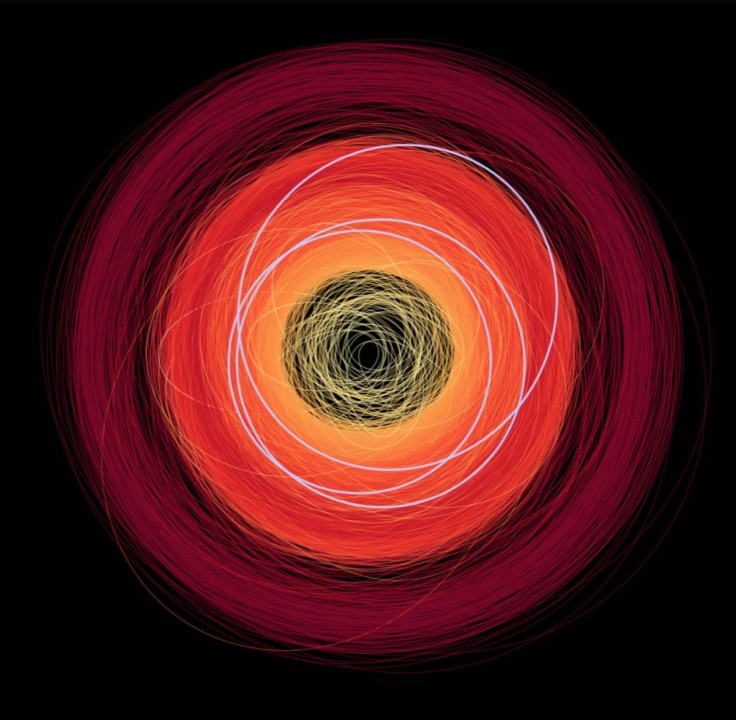NASA Asteroid News: Stunning Video Shows 14,000 Asteroids Orbiting Earth's Solar System

The European Space Agency (ESA) has released a stunning video showing over 14,000 asteroids orbiting in the Solar System. The video was made using the data collected by the agency’s Gaia space observatory.
The ESA’s short video features an animated look into the activities of the space objects monitored by Gaia. It begins with a top view of the Solar System as thousands of asteroids and other objects encircle it. The perspective then shifts into eye-level to show the more distinct movements of certain asteroids.
As explained by ESA, it created the video using the data obtained by Gaia, which was officially launched in 2013 to carry out its mission of monitoring the motions and activities of distant stars, planets and other notable objects in space.
The space agency noted that the green circular lines in the video depict the 200 brightest asteroids as they go through their orbital cycles. The pink ones, on the other hand, are the four asteroids that were first discovered by Gaia.
According to the ESA, the Gaia spacecraft first came across the three asteroids 2018 YL4, 2018 YM4 and 2018 YK4 in December 2018. The orbits of these asteroids were then confirmed by the Haute-Provence Observatory in France.
The fourth asteroid, temporarily dubbed as 2019 CZ10, was discovered by Gaia. It was later on confirmed by the Mount Lemmon Survey and the Pan-STARRS 1 project in the U.S.
These four asteroids are from the main belt located between the orbits of Jupiter and Mars. But they also encircle the Sun because they can orbit at a tilt of more than 15 degrees with respect to the orbital plane of other asteroids and planets in the Solar System.
According to the space agency, Gaia is still able to observe asteroids with high orbital tilts due to its advantageous location.
“The population of such high-inclination asteroids is not as well studied as those with less tilted orbits, since most survey tend to focus on the plane where the majority of asteroids reside,” ESA said in a statement.
“Gaia can readily observe them as it scans the entire sky from its vantage point in space, so it is possible that the satellite will find more such objects in the future and contribute new information to study their properties,” the agency added.
© Copyright IBTimes 2025. All rights reserved.





















